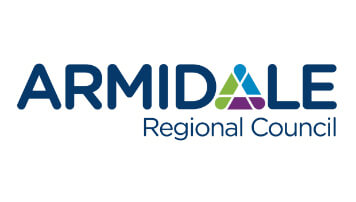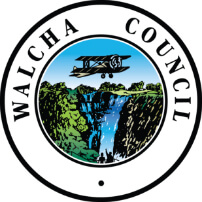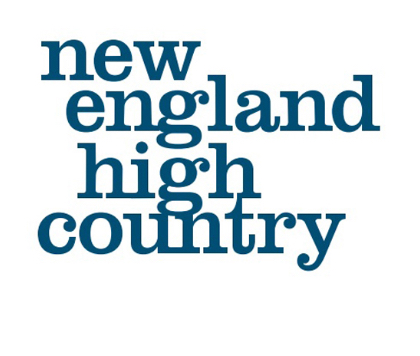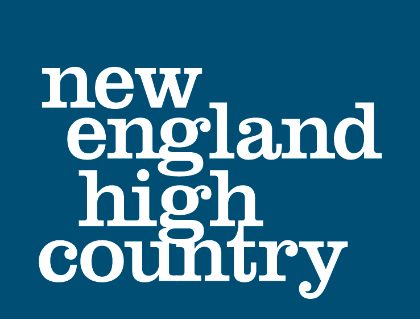Oxley Wild Rivers National Park
Oxley Wild Rivers National Park
Yarrowitch, New South Wales 2354
parks.info@environment.nsw.gov.au
Oxley Wild Rivers National Park, part of the Gondwana Rainforests of Australia World Heritage Area features rare dry rainforest, dramatic gorges and waterfalls, extensive wilderness areas, wild and scenic rivers and an amazing array of wildlife. It's best explored as a scenic drive along the Waterfall Way. Explore the Apsley Macleay Gorges, one of Australia's largest gorge systems with incredible ridge top views and visit Wollomombi, the highest waterfall in NSW and a place sure to lift your spirit. Bushwalkers will love the multi-day Green Gully walk that takes in the park's spectacular landscape and includes overnight accommodation in heritage-listed stockman's huts. For those seeking heritage accommodation that is slightly more luxurious, East Kunderang Homestead is sure to impress. Everything in the park is best seen up close immerse your senses and yourself in this wild place while you camp, walk, paddle, picnic, cycle, horse ride, fish or swim.
Facilities found here
Caravan / Camper Trailer / Campervan Sites / Campsites, Lookouts, Picnic Area, Non Smoking,
Accessibility Information
Disabled access available, contact operator for details.,
Acknowledgement of Country
We acknowledge the Traditional Owners of the New England High Country region and recognise their continuing connection to land, water and community. We pay respect to Elders – past, present and emerging – and acknowledge the important role Indigenous Peoples continue to play within the New England High Country community.














